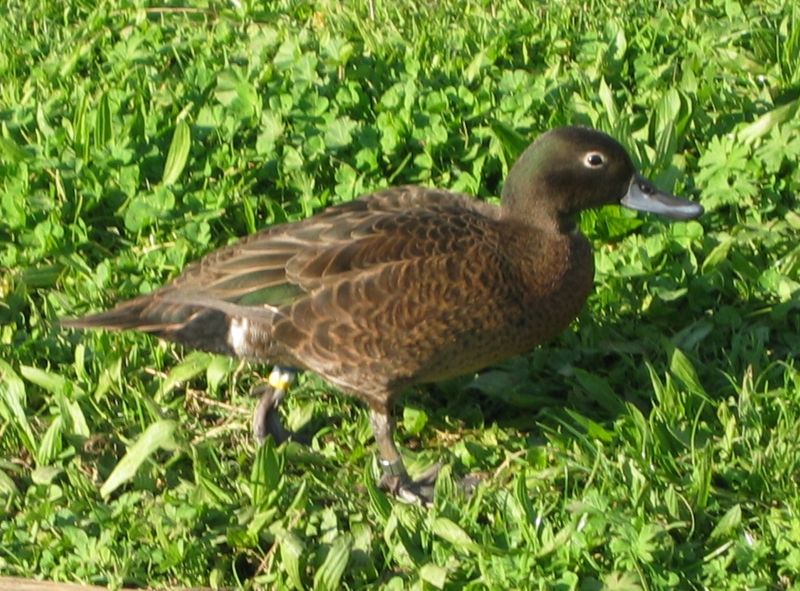Welcome to Lincoln Park Zoo's Avian Reintroduction and Translocation Database
Please note that the Avian Reintroduction and Translocation Database is no longer being updated and maintained, but this archived version is provided to researchers and practitioners as a resource. If you have any questions about use of the database, please direct them to conservation@lpzoo.org.
The increasing risk of extinction for species around the globe is an alarming issue for conservation biology. Many wildlife populations are suffering dramatic declines in size or are already locally extinct. Habitat loss and degradation, introduction of non-native species, and the consequences of climate change are likely to further reduce the survival of many populations, disrupt their distributions and disturb ecological function. Reintroduction programs where animals from other wild populations or from zoo, aquarium, or government-sponsored breeding programs are released to their native range are an established conservation strategy to enhance the restoration of locally extinct populations. Birds are among the most commonly reintroduced species; more than a hundred avian species have been released in over 400 sites around the globe. At Lincoln Park Zoo, we developed the Avian Reintroduction and Translocation Database (ARTD) to enhance the ability of mangers and scientists to evaluate and plan these reintroduction programs.
More than one thousand release events of avian species have occurred throughout the world in the last two decades. Studies of these releases can inform managers and scientists who are planning future releases. Yet gathering this information is a challenge as it is dispersed over many different reference sources. The ARTD, a centralized, comprehensive, and standardized database, addresses this challenge by organizing data on factors that impact the efficacy of releases including information on species' biology and ecology, habitat suitability, and release design (e.g., demographic, genetic, and management-related factors). Data on the species, source populations, release sites and the release events are collected from a wide range of reference sources including peer-reviewed literature, less accessible publications and collaborators.
Armed with information on the methods applied in past reintroductions, managers and scientists can more readily design successful future reintroductions. If you are developing a reintroduction program, we encourage you to explore and use this database to inform your planning process (The Data). If you just have curiosity about avian reintroduction programs, we hope you gain knowledge from our website (The Data).
Database Summary
| Number of species: | 202 |
|---|---|
| Number of release sites: | 763 |
| Number of release events: | 2,349 |
| Most recent species edit: | Brown Teal (Pateke) |
| Date of most recent edit: | 8/16/2011 |
Sample Citation
Lincoln Park Zoo. Avian Reintroduction and Translocation Database. Available at: http://www.lpzoo.org/ARTD. Accessed April 1, 2008.
Acknowledgement
We want to thank Eric VanderWerf and the Pacific Islands office of the U.S. Fish and Wildlife Service for contributing to the database design and for their support as we developed the original database during 2001-2003. Many Lincoln Park Zoo staff have contributed over the years to database design, data collection and analysis; they are Lisa Faust, Steve Thompson, Dennis Rentsch, Starr McKinney, Amy Wolf, Amanda Spratt, Nicki Gerlach, Liza Watson, Carrie Schloss, Kristen Kovar and Laurie Lauer.
